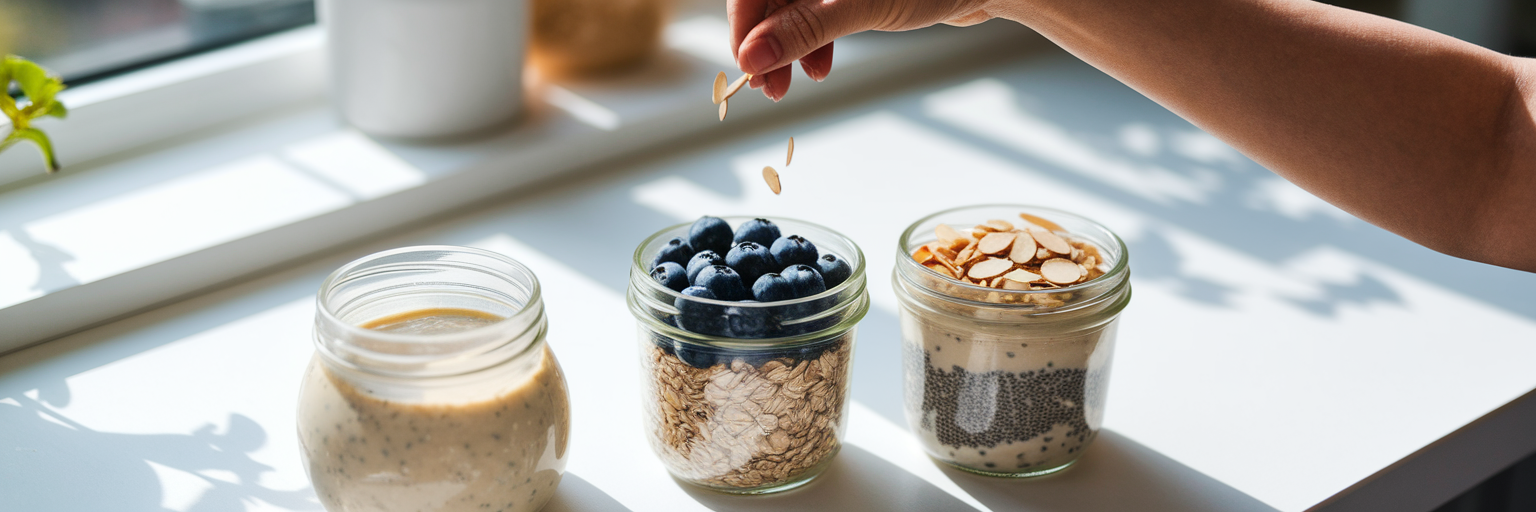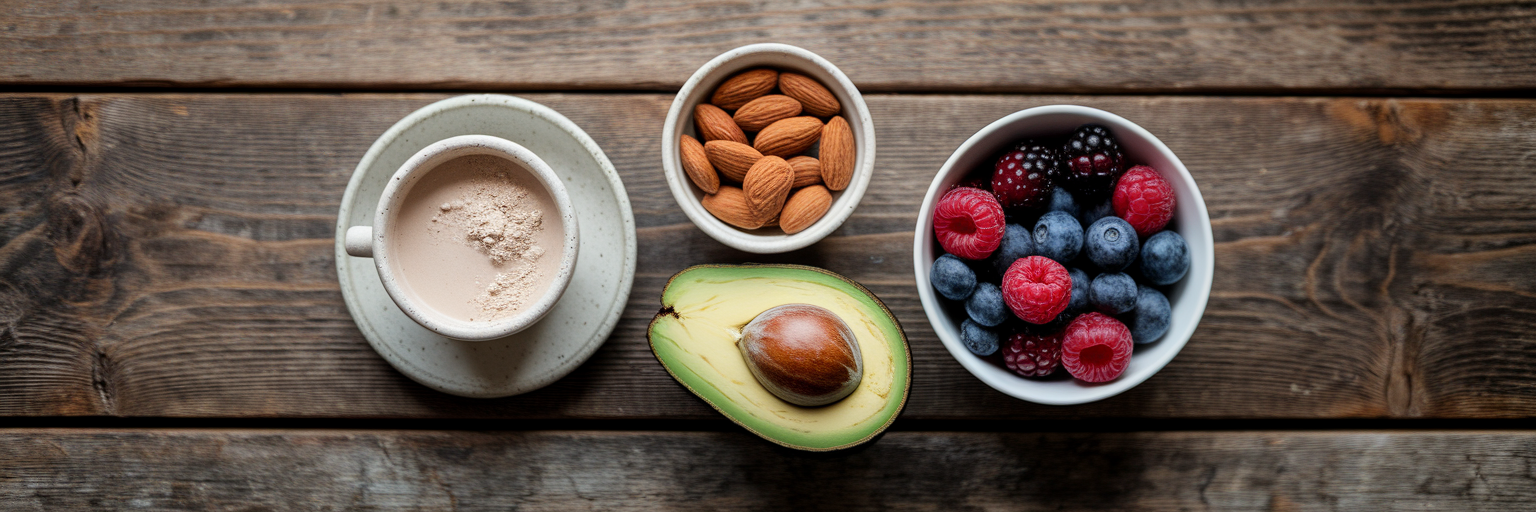Why Vegan Protein Is a Lifesaver for Hectic Schedules
We all know that feeling. The alarm blares, and the morning rush begins. You’re juggling work emails on your phone, getting the kids ready, and already feeling behind schedule before the day has even started. In that chaos, grabbing a sugary cereal bar or a drive-thru breakfast feels like the only option. But then comes the inevitable 3 PM crash, leaving you foggy and reaching for another coffee.
This is where vegan protein powder becomes a secret weapon for busy people, not just elite athletes. Think of it as a nutritional shortcut for working parents, students, and professionals who need to stay sharp. It’s one of the most efficient tools for creating healthy plant based on the go meals that actually keep you full.
The real benefit isn't just about protein; it's about reclaiming your time and energy. A protein-rich meal is incredibly fast to prepare, often taking less than two minutes. It’s also highly versatile, blending seamlessly into smoothies, oatmeal, or even baked goods. Most importantly, it effectively meets your protein needs, which is essential for feeling satisfied and energized long after your meal. This simple addition helps you sidestep the empty calories that lead to that afternoon slump, giving you steady energy to power through your day.
Choosing Your Perfect Plant-Based Protein
With so many options on the shelf, picking a vegan protein powder can feel a little overwhelming. But you don’t need a degree in nutrition to make a great choice. It’s really about understanding a few key differences and knowing what to look for on the label. Let's break it down so you can find the perfect fit for your tastes and goals.
Decoding the Different Plant Protein Sources
Most vegan protein powders are made from a few common sources, each with its own unique texture and flavor. You'll often find them blended together to create a better overall product, but knowing the basics helps. Pea protein is known for its creamy texture, while rice protein is lighter and has a milder taste. Hemp offers an earthy, nutty flavor along with fiber, and soy is a classic all-rounder with a neutral profile.
| Protein Source | Key Characteristic | Best For |
|---|---|---|
| Pea Protein | Rich, creamy texture, high in iron | Smoothies and creating a filling, thick shake |
| Rice Protein | Light, mild taste, often hypoallergenic | Mixing into oatmeal or yogurt without altering flavor much |
| Hemp Protein | Earthy, nutty flavor, rich in fiber and omega-3s | Energy bites and recipes where a nutty taste is welcome |
| Soy Protein | Neutral flavor, contains all essential amino acids | A versatile all-rounder for shakes, baking, and cooking |
Note: This table highlights the general characteristics of single-source proteins. Most high-quality powders blend these sources to optimize both nutritional profile and taste.
What 'Complete Protein' Actually Means
You might hear the term "complete protein" and wonder what it means. In short, proteins are made of amino acids, which are building blocks for your body. A complete protein contains all nine essential amino acids that your body can't make on its own. While some individual plant sources are missing one or two, this is easily solved. As the Harvard T.H. Chan School of Public Health explains, combining different plant sources—like pea and rice protein—gives you the full range of amino acids. High-quality commercial blends do this work for you.
How to Read a Protein Powder Label Like a Pro
When you're scanning labels, focus on a few key things. First, check the sugar content. Look for powders with minimal to no added sugars. Second, scan the ingredient list for artificial flavors, colors, or fillers you don’t recognize. A shorter, simpler ingredient list is usually a good sign. Finally, look for third-party certifications (like NSF or Informed-Sport) which verify that the product is pure and contains what it claims. Finding a clean, effective powder is the first step, and there are great resources to help you find some of the best protein powders available.
Five-Minute No-Cook Protein Recipes

Now that you know how to choose a great protein, let's put it to use. Forget complicated cooking. These vegan protein powder recipes are designed for speed and simplicity, giving you delicious, nutrient-dense meals in minutes. They are perfect for those mornings when every second counts.
The Ultimate Morning Smoothie
This is one of the most popular quick vegan breakfast ideas for a reason. It’s fast, filling, and endlessly customizable.
- Base Formula: 1 scoop of vegan protein powder + 1 cup of plant-based milk (almond, oat) + 1/2 cup of fruit (banana, berries) + 1 tbsp of healthy fat (chia seeds, almond butter).
- Easy Variations: Add a handful of spinach for extra vitamins (you won’t taste it!), a tablespoon of cacao powder for a chocolatey twist, or a dash of cinnamon for warmth.
Protein-Powered Overnight Oats
This is the definition of "set it and forget it." Prepare it the night before and wake up to a ready-to-eat breakfast.
- Base Formula: In a jar, mix 1/2 cup of rolled oats, 1 scoop of protein powder, and 1 cup of plant-based milk. Stir well.
- Easy Variations: Top with fresh berries, sliced nuts, or a drizzle of maple syrup in the morning. For a thicker consistency, add a tablespoon of chia seeds before refrigerating.
No-Bake Energy Bites
Perfect for that 3 PM slump when you’re tempted to grab a cookie. These bites provide steady energy without the sugar crash.
- Base Formula: In a bowl, combine 1 cup of rolled oats, 1/2 cup of nut butter, 1/4 cup of maple syrup or agave, and 2 scoops of protein powder. Mix until a dough forms.
- Easy Variations: Roll in shredded coconut, or add mini vegan chocolate chips or dried cranberries to the mix before rolling into balls. Refrigerate for 15 minutes to firm up.
For even more inspiration, you can find other easy vegan protein recipes that are just as delicious and simple to make.
Smart Meal Prep for a Stress-Free Week
While instant recipes are great for in-the-moment needs, a little planning can make your entire week run smoother. The goal of meal prep with protein powder isn't to spend your whole Sunday in the kitchen. It's about making small, strategic moves that set you up for healthy choices when you're tired and hungry.
Here are a few simple hacks to get you started:
- Create Smoothie Packs: This is a game-changer for busy mornings. Portion your protein powder, chia seeds, and any other dry ingredients into small bags or containers. In separate bags, portion your frozen fruit. In the morning, just dump both into the blender with your favorite plant-based milk and blend. No measuring, no mess.
- Make a 'Dry Boost' Jar: If you use unflavored protein, create a versatile nutritional booster. In a large jar, pre-mix your protein powder with other powdered supplements like ground flaxseed, maca powder, or powdered greens. Keep a scoop in the jar and add a spoonful to oatmeal, yogurt, or even coffee for an effortless nutrient boost.
- Whisk It into Savory Batches: This is a less obvious but highly effective trick. When you’re batch-cooking lentil soup, black bean chili, or a pasta sauce, whisk in a scoop or two of unflavored protein powder toward the end of the cooking time. It dissolves completely, invisibly increasing the protein content and making your meal more satisfying.
These strategies, similar to tips shared by publications like EatingWell, are about making the healthy choice the easy choice. A few minutes of prep saves you from decision fatigue during a busy week.
Balancing Your Meals for All-Day Energy

Have you ever eaten a big lunch only to feel sleepy an hour later? That’s often a sign of an imbalanced meal. Understanding how to combine nutrients is the key to unlocking steady, all-day energy. The good news is, it’s simpler than it sounds, and it’s the core principle behind balancing macros with plant protein.
Think of your meal as a team of three players:
- Protein: The builder. It repairs tissues and is digested slowly, which helps you feel full and satisfied.
- Carbohydrates: The sprinter. They provide quick, accessible energy for your brain and body. Choose complex carbs like oats or bananas for a steadier release.
- Fats: The marathon runner. Healthy fats from nuts, seeds, or avocado support brain health and provide long-lasting energy.
A balanced meal includes all three. The smoothie recipe we discussed earlier is a perfect example of this formula in action: our chocolate vegan protein is the protein source, a banana provides the complex carbs, and a spoonful of almond butter adds healthy fats. This combination prevents the blood sugar spikes and crashes that leave you feeling drained.
When it comes to quantity, a common question is how to use vegan protein powder to meet your needs. The general guideline is about 0.8 grams of protein per kilogram of body weight, but this is just a starting point. If you’re active, you likely need more. Protein powder is an incredibly efficient tool to help you hit that target without having to eat large volumes of food.
More Than Just a Shake
While smoothies are a fantastic starting point, thinking of vegan protein powder as just a shake ingredient is like thinking of flour as only for bread. Its versatility is its greatest strength. It’s a flexible, powerful ally for anyone looking to eat well without sacrificing time or taste.
Here are a few other creative ways to incorporate it into your daily routine:
- Stir a scoop of vanilla or unflavored protein into your morning yogurt or oatmeal.
- Mix it into pancake or waffle batter for a protein-packed weekend breakfast.
- Blend a scoop with a frozen banana and a splash of plant milk for a simple, healthy "ice cream."
Ultimately, vegan protein powder is a tool to make healthy eating fit your busy life. Got a favorite protein powder recipe? Share it in the comments below!
Ready to make your busy weeks healthier? Explore our complete range of plant-based proteins today.



